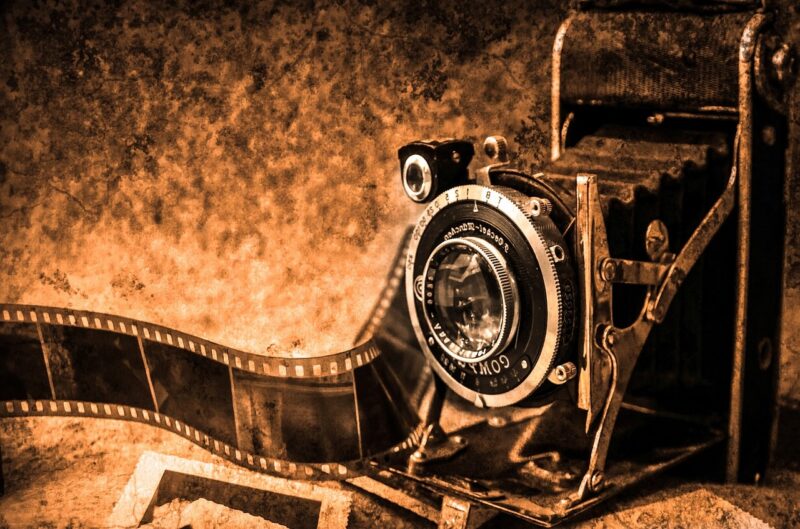
The 1970s was a transformative decade for cinema, often regarded as a golden era of filmmaking. It was a time when directors and writers pushed the boundaries of storytelling, exploring complex themes, bold characters, and innovative techniques that profoundly influenced the film industry. From the rise of auteur directors to the burgeoning independent film movement, 70s cinema set the stage for the films we enjoy today.
1. The Rise of the Auteur
The term ‘auteur’ signifies a director whose personal influence and artistic control over a film are so significant that they are considered its author. The 1970s saw directors like Martin Scorsese, Francis Ford Coppola, and Stanley Kubrick emerge as key figures who took creative risks to tell expansive, character-driven stories.
These auteur filmmakers often wrote or co-wrote their scripts, created visual styles, and chose music that reflected their unique visions. Movies like “Taxi Driver” and “The Godfather” not only showcased incredible storytelling but also possessed a signature flair that prompted viewers to reconsider how films can convey deeper messages about society.
The renaissance of the auteur changed the landscape of modern cinema, inspiring new generations of filmmakers who continue to push the boundaries of storytelling.
2. Social Commentary and Realism
The 70s were rife with social and political upheaval, including the Vietnam War, civil rights movements, and a general disillusionment with authority. Filmmakers began using cinema as a medium to reflect societal issues, leading to an increased focus on realism in storytelling. Movies like “One Flew Over the Cuckoo’s Nest” and “All the President’s Men” tackled subjects of personal and societal struggles that resonated with their audiences.
Today, filmmakers continue to address contemporary issues such as systemic injustice, mental health, and the complexities of human relationships, highlighting the enduring legacy of 70s cinema. Current filmmakers harness the power of realism in their works, often opting for unfiltered narratives that require audiences to engage with tough subjects, similar to the films produced during this transformative era.
3. Genre-Bending and Innovation
The 70s introduced innovative genre-bending films that combined elements of horror, comedy, romance, and drama in new and exciting ways. Iconic films such as “The Exorcist” and “The Rocky Horror Picture Show” pushed the envelope on what genre could accomplish, allowing storytellers to experiment with audience expectations.
These genre-blending techniques have carried over into contemporary cinema, with filmmakers like Quentin Tarantino and Jordan Peele employing a mix of genres in their storytelling. The blending of horror and comedy in films such as “Get Out” showcases the ongoing influence of 70s cinema, as today’s filmmakers strive to create narratives that oscillate between fear and humor.
4. The Rise of Independent Films
The independent film movement gained traction in the 1970s, allowing filmmakers to create works outside the constraints of major studio systems. Movies like “Easy Rider” and “The Last Tango in Paris” pioneered the way for indie projects by showcasing how compelling stories could be told with smaller budgets and more creative freedom.
Today, the rise of platforms like Netflix, Hulu, and Amazon Prime has created new avenues for independent filmmakers, allowing stories to reach wider audiences without the traditional studio barriers. The success of indie films resonates throughout the industry, inspiring young filmmakers motivated to share authentic narratives and fresh perspectives.
5. Iconic Soundtracks and Music Integration
The 70s were also notable for their distinct integration of music and cinema. Filmmakers like Martin Scorsese and Quentin Tarantino harnessed existing music catalogs, enhancing their films’ emotional impact. The powerful soundtracks of “Jaws” and “The Graduate” not only defined the era but also paved the way for contemporary filmmakers to curate unforgettable soundtracks that enhance storytelling.
Today, films like “Guardians of the Galaxy” and “Baby Driver” emphasize the importance of music in storytelling, directly linking the narrative to popular sounds that resonate with audiences. The art of crafting a memorable soundtrack remains an essential technique borrowed from the audacious spirit of 70s cinema.
6. Iconic Characters and Deep Narratives
The characters created in 70s cinema often exhibited depth and complexity that transformed the approach to character development in Hollywood and beyond. Protagonists like Travis Bickle from “Taxi Driver” and Michael Corleone from “The Godfather” are not merely heroes or villains; they represent flawed human beings grappling with ethical dilemmas and moral choices.
The modern film landscape features similar complexities, showcasing characters who feel authentic and multi-dimensional. Films like “The Social Network” and “Parasite” emphasize character-driven narratives, demonstrating how the nuanced character development of the 70s influenced current filmmaking trends.
Conclusion
The influence of 70s cinema on today’s movie landscape is inescapable. From specific filmmaking techniques to how narratives are constructed, the fingerprints of this golden age are present in a wide variety of genres and styles. Its legacy teaches contemporary filmmakers the importance of storytelling authenticity, the courage to tackle social issues, and the power of creative freedom. As we enjoy the rich diversity of modern cinema, we must remember that many of its most important lessons began with the audacious filmmakers of the 1970s. The stories they brought to life continue to inspire and shape the films of today, proving that the art of cinema is an ever-evolving journey shaped by those who dared to dream big.







